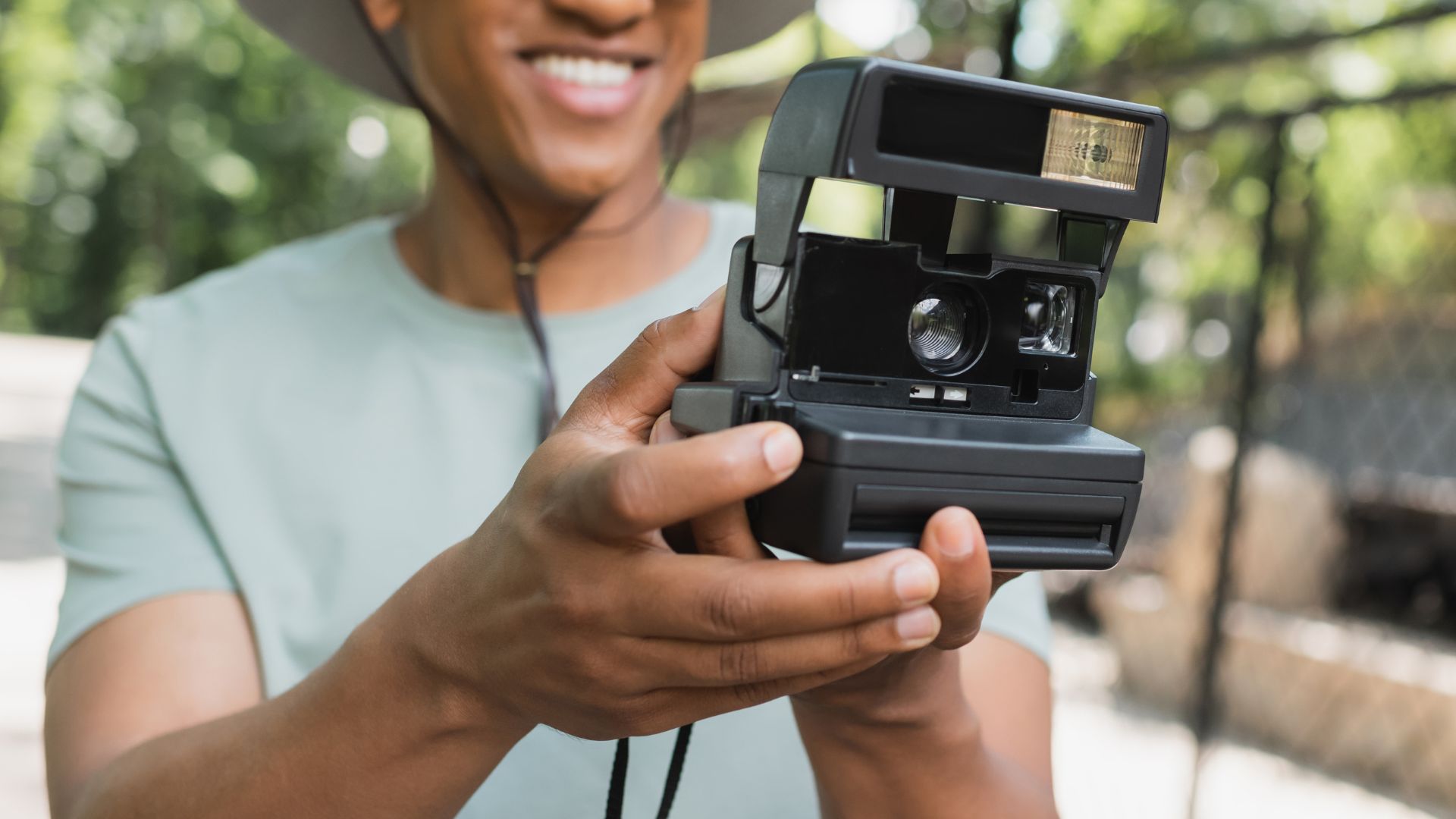A picture here, a snapshot there, a flash of light over there. People take so many pictures on a daily basis that their camera galleries are filled with various photos and memories of events, meetings, friends, family, school notes, cafe drinks, and anything else about their day. Some schedules are well-documented, and phones are always within reach to capture a moment. There are so many photos that at times, they don’t feel quite as special anymore.
Enter the current trend of digicams and Polaroids. They may have been seen in friends’ bags wherever they go out to eat or spend a night on the town. These devices aren’t as practical as using a phone for photography; they often offer lower resolution, take up valuable space in bags and purses, and represent an additional, unnecessary expense for a function already fulfilled by smartphones.
However, these apparent disadvantages of digicams and Polaroids are actually their strengths. Using these devices might seem like an added hassle, but their limitations turn out to be advantages.
1. Digicams and Polaroids specialize in one thing: taking photos

Their simplicity is their greatest asset. Unlike smartphones, they don’t distract with messages or social media. They allow users to capture and stay in the moment, preserving the fun without digital interruptions.
2. Digicams and Polaroids capture photos with a lower resolution

While this might initially seem like a drawback, it adds a unique quality to the photos. Unlike the crystal-clear images from high-end smartphone cameras, photos from digicams and Polaroids often carry a nostalgic charm. Perhaps it’s the lower resolution or the distinct flash, but these photos often have more character and life than their digital counterparts.
3. The digicam and Polaroid have a limited amount of storage
Another apparent drawback is their finite capacity. Users can only take a limited number of photos before needing to change an SD card or film roll. Yet, this limitation encourages users to make each shot count. Gone are the multiple copies of last night’s dinner; every photo becomes deliberate and significant.
4. The digicam and Polaroid take up physical space

This is more applicable to Polaroids, but it applies to both. These devices take up precious room in bags or purses, a consideration when packing for outings. However, they serve as tangible reminders of moments captured, distinct from the infinite digital space. With Polaroids especially, the physical photo enhances the memory, adding weight and significance beyond a cloud-stored duplicate.
By now, it’s clear why many people are rediscovering the joy of physical cameras. They lend weight and importance to the photos taken, offering a different kind of satisfaction than the efficiency of smartphone cameras. While powerful phone cameras are undoubtedly useful, switching to physical cameras can bring renewed meaning and intentionality to photography, making each photo feel more significant and intentional.









